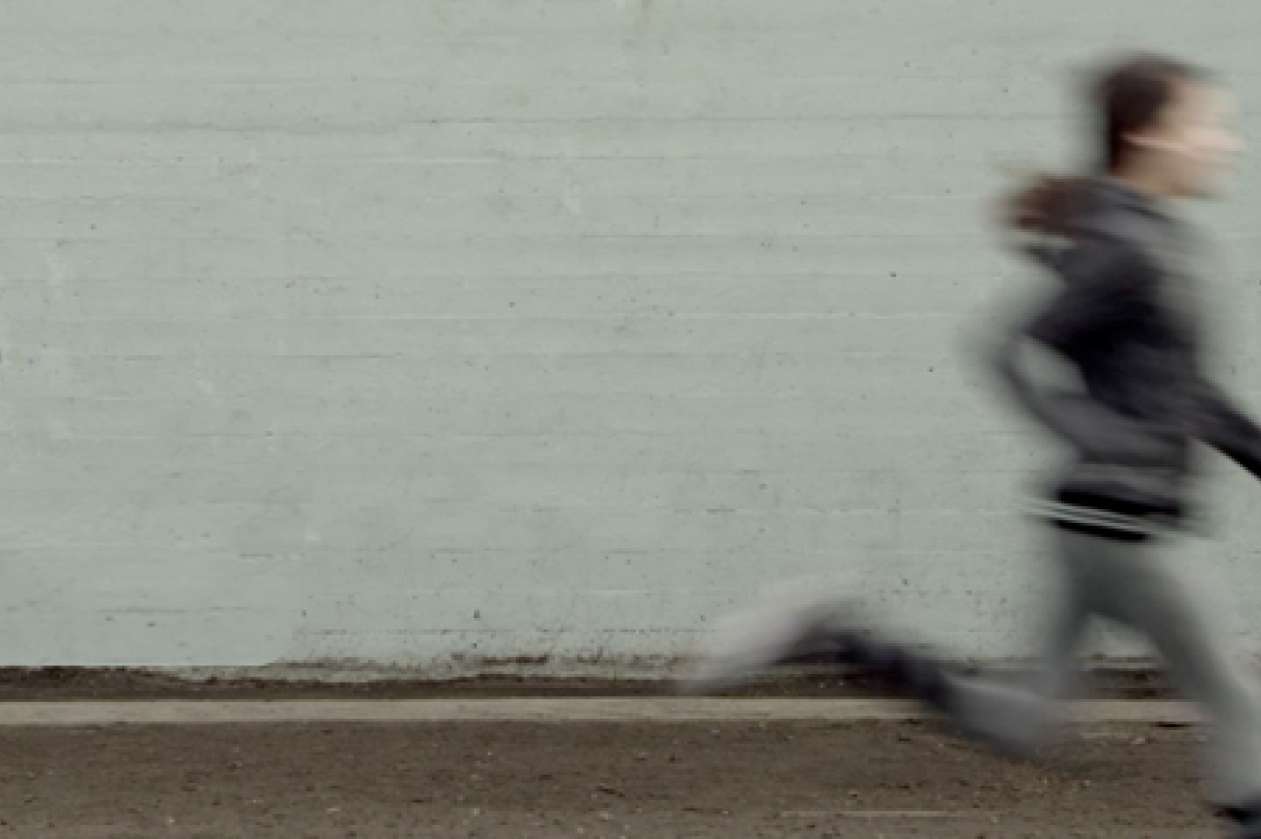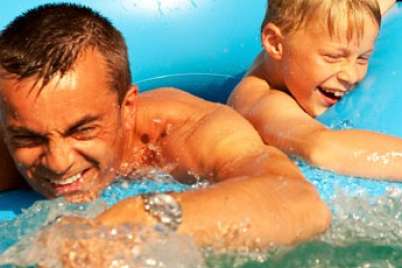
How to assess your child’s physical literacy
Is your child physically literate? Should you care? If you want your child to have the best opportunities in life, then yes.
What is physical literacy? In its simplest form, it begins with basic movement and sport skills such as running, jumping, skipping, catching, throwing and kicking. The earlier children learn to move well with fundamental movement skills, the more “fluent” and confident they will be in physical activity throughout childhood, adolescence, and adulthood.
That confidence affects every part of their lives, from academic to social. With physical literacy, they’ll be able to enjoy a greater diversity sports and physical activities, and they’ll be more likely to stay active for the rest of their lives.
A vocabulary of movement
Physical literacy doesn’t just happen on its own. It’s a “vocabulary” of movement that has to be learned. To learn this physical vocabulary, children need to start in early childhood, before they even start learning their ABCs and 123s. As algebra and calculus require a foundation in basic math, and writing sentences and paragraphs demand knowledge of the alphabet, the refined skills seen in different sports and physical activities require a foundation in the fundamental movement skills that are an essential part of physical literacy.
Without physical literacy, children are much more likely to be physically inactive. Inactivity leads to poor fitness, and this can lead to lower school grades, reduced confidence, lower self-esteem, and significant health problems. Ultimately physical literacy gives your child the best chance for lifelong health and success in every part of life.
Not just for jocks and sporty parents
Physical literacy isn’t something just for “jocks” who like sports. It’s essential for all kids. If you want your child to be active, healthy and successful, physical literacy will provide the foundation for all of it. Yahoo’s ex-CEO Jeff Mallett is one of many parents who sees a connection between children’s physical activity and general success in life.
If you’re not a “sporty” parent, don’t worry. You don’t have to be an athlete to help your child to develop basic movement skills. Start by checking out the Activities section of our website and our AfL Playbook. Both are designed to provide parents and children with an easy introduction to the fundamental movement skills behind physical literacy.
The language of movement
Physical literacy is like learning a second language. The older you are when you learn, the more difficult it is and the less confident you are using it in public. Anyone who has learned a second language can relate to this. Similarly, with physical literacy, the key is to make sure kids develop physical literacy when they are young, otherwise they may lack the confidence to participate in any sort of physical activity for the rest of their lives.






Ettt…. I have only heard this , ” that a child has a “window of opportunity to impact their future potential as a teenager and adult in sport that has exists before they r 10-12 years of age”.
That if they are indeed active in various activities before that age that their potential has a more physically mature athlete is greater.
Is this true ?
Hi Randall,
I think you are asking whether or not children who play a variety of sports and physical activities before their growth spurt (i.e. their teens) are better athletes later in life. Based on the available evidence, the answer is “yes.” We have a number of stories at Active for Life that talk about the benefits of being a “multi sport” athlete. This story from John O’Sullivan provides a good overview: activeforlife.com/what-…in-common/